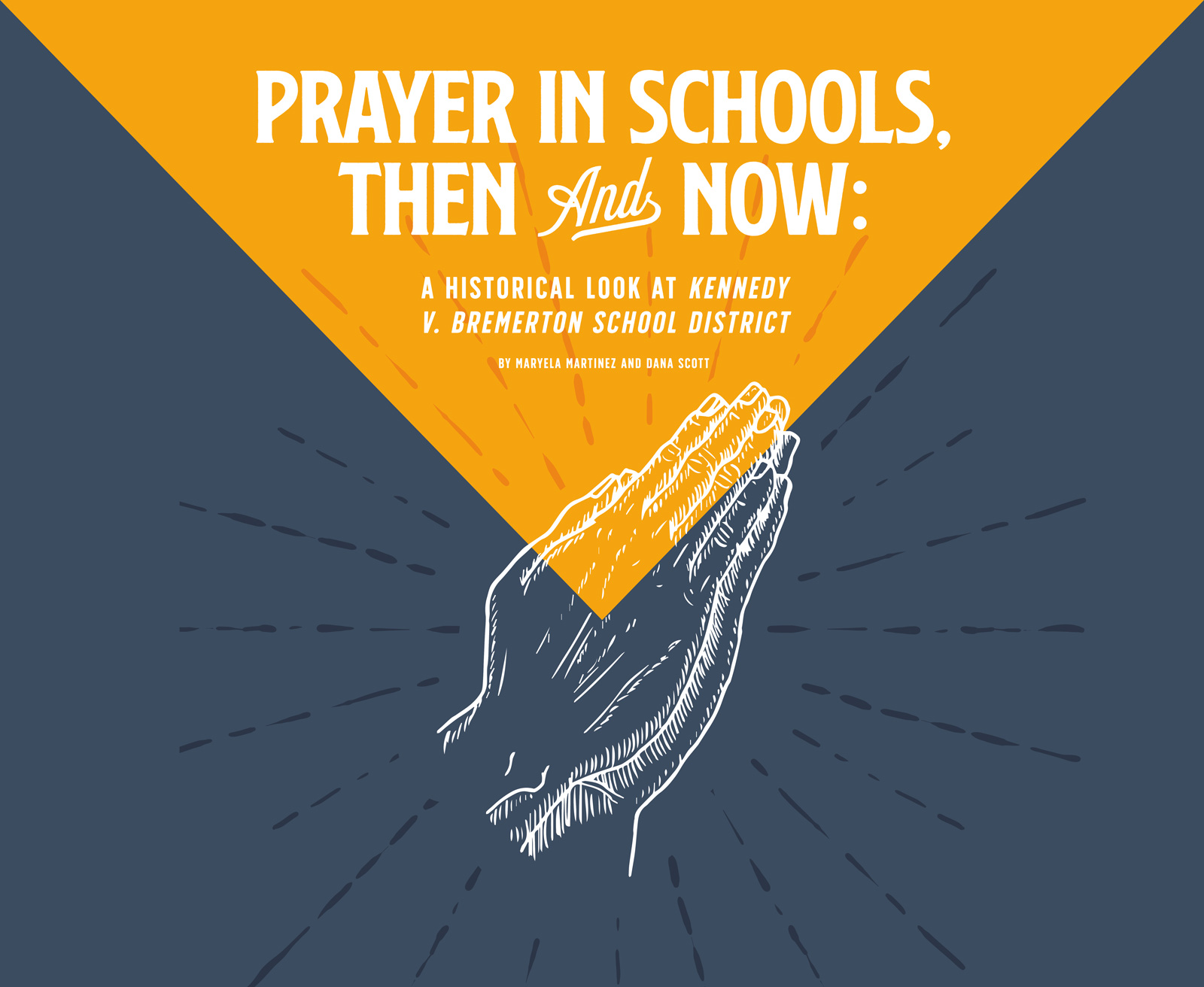
ongress shall make no law respecting an establishment of religion, or prohibiting the free exercise thereof.”
The U.S. Supreme Court’s recent opinion in Kennedy v. Bremerton School District (142 S. Ct. 2407 (2022)) has catapulted both clauses into the national spotlight. In its highly fact-driven decision, the Court determined that a high school football coach, Joseph Kennedy, was protected by the Free Exercise Clause when he knelt at midfield after games to offer prayer of thanks. As a result, school board members and administrators are grappling with how this pivotal decision applies to their schools and what prayer activities are akin to the type of prayer the Court found did not violate the Establishment Clause in Kennedy. To understand the impact of this case and where it may lead, a review of the Court’s treatment of school prayer through the years is crucial.

These cases, in conjunction with the seminal Lemon v. Kurtzman (403 U.S. 602 (1971)), which created a three-part Establishment Clause test1, built an analytical framework for evaluating school prayer upon which public education institutions and their attorneys relied for decades. While not straightforward, this Free Exercise/Establishment Clause analysis incorporated the unique nature of the two clauses and the delicate balance required when applying these two related yet separate constitutional principles.
With the history that influenced the formation of the U.S. as the backdrop, the Court noted that, while the Free Exercise Clause may require a showing of coercion, the Establishment Clause does not require such a showing for a state action to be deemed unconstitutional: “[W]hen the power, prestige and financial support of government is placed behind a particular religious belief, the indirect coercive pressure upon religious minorities to conform to the prevailing officially approved [i.e., established] religion is plain.” (Emphasis added.) (Id. at 431.) Consequently, under Engel, any sort of prayer endorsed by a school is unlawful, even if it is denominationally neutral and voluntary.
The following year, the Court revisited school prayer in Schempp, evaluating the legality of Bible reading and prayer in public school classrooms. Again, the Court focused on history to emphasize the required neutrality of the government in religious matters, detailing the Court’s previous evaluations of the Establishment Clause. Specifically, Schempp provides that: 1) the Establishment Clause applies to the states; 2) the Establishment Clause forbids the government from preferring any religion; 3) the Establishment Clause requires “complete and permanent separation of the spheres” of religion and government (374 U.S. at 217); and 4) there is an interrelationship between the Establishment (freedom to believe) and Free Exercise (freedom to act) clauses, in which the first freedom is absolute and the second is not and cannot be.
When taken as a whole, these principles require the government to be neutral on all matters of religion. The Court went on to say that this concept of neutrality by the government does not “collide with [a] majority’s right to free exercise of religion. While the Free Exercise Clause clearly prohibits the use of state action to deny the rights of free exercise to anyone, it has never meant that a majority could use the machinery of the State to practice its beliefs.” (Id. at 226.)
The Court elaborated that this subtle coercive pressure for students to participate in the prayer was of particular concern in a school setting because students’ freedom of conscience must be protected. The Court continued that students cannot be placed in a position of choosing between participating in prayer (based on peer pressure and societal coercion) or protesting. The Court’s explanation for why this cannot be “lies in the lesson of history that was and is the inspiration for the Establishment Clause, the lesson that in the hands of government what might begin as a tolerant expression of religious views may end in a policy to indoctrinate and coerce.” (Id. at 591-592.)
Expanding upon this understanding of coercion in a school setting, the Court considered student-approved and student-led prayer at football games in Santa Fe. As in Lee, the Court found that the prayer recited created potential for isolation and offense to students with minority views, potentially coercing students. Further, the Court noted that the fact that a student offered the prayer did not make the speech private speech. The speech remained impermissible government speech because the prayer was said over the school’s public address system, at the school’s event and on school property. The Court concluded by stating that Santa Fe does not “impose a prohibition on all religious activity” in schools, “but the religious liberty protected by the Constitution is abridged when the state affirmatively sponsors the particular religious practice of prayer.” (520 U.S. at 313.)
In support of its highly fact-driven decision in Kennedy, the Court noted that the contested exercise of religion did not involve leading students in prayer and that Kennedy’s actions did not coerce students to pray. Instead, the Court emphasized that Kennedy knelt and privately prayed immediately after the games, when school employees were free to speak with a friend, call for a reservation at a restaurant, check email or attend to other personal matters. These facts, as set forth by the Court, supported its decision that the Establishment Clause did not trump Kennedy’s rights to the free exercise of religion.2
The Court thus found in favor of Kennedy, holding that the Free Exercise Clause protects an individual engaging in personal religious exercise from government reprisal and continuing that the Constitution neither mandates nor permits the government to suppress such religious expression.
Using this analysis, the Court found that Kennedy successfully showed that the school district infringed upon his rights and deemed this conclusion undisputed, stating that no one questioned that Kennedy sought to engage in a sincerely motivated religious exercise. The Court went on to find that the district had burdened Kennedy’s sincere religious practice through a policy that was not “neutral” or “generally applicable.” According to the Court, no one questioned that, in forbidding Kennedy’s brief prayer, the district failed to act pursuant to a neutral and generally applicable policy as required by precedent. The Court summarized that “[p]rohibiting a religious practice was thus the District’s unquestioned ‘object.’” (142 S. Ct. at 2423.)
This finding triggered “strict scrutiny” in the Court’s analysis of the district’s actions. Strict scrutiny required the district to demonstrate its actions were justified by a compelling state interest and narrowly tailored in pursuit of that interest, which the district failed to do. In summary, the Court found that the district unconstitutionally limited Kennedy’s free exercise of religion by not allowing him to pray on the field.
When applying the Lemon test, the Court explained, courts look to the “law’s purposes, effects, and potential for entanglement with religion.” (142 S. Ct. at 2427.) This test applies to inquiries involving whether a “reasonable observer” would consider the government’s challenged action an “endorsement” of religion.3 However, the Court looked unfavorably on this test, referring to Lemon’s “shortcomings,” and noting its “‘ambitiou[s],’ abstract, and ahistorical approach” to the Establishment Clause. (Ibid.)
The Court stated that it had long ago abandoned Lemon and “its endorsement test offshoot.” (142 S. Ct. at 2427.) Instead, “[i]n place of Lemon and the endorsement test, this Court has instructed that the Establishment Clause must be interpreted by ‘reference to historical practices and understandings.’” (Id. at 2428.) The Court added that the line that courts and governments “must draw between the permissible and the impermissible” has to “‘accor[d] with history and faithfully reflec[t] the understanding of the Founding Fathers.’” (Ibid.)
Further, the Court emphasized that an analysis focused on original meaning and history has long represented the rule rather than some “exception” within the “Court’s Establishment Clause jurisprudence.” The Court’s application of this analytical framework distinctly deviates from Court precedent: while the Court considered the Founding Fathers’ intent in the cases discussed above, Kennedy interprets and applies the Founding Fathers’ intent in an entirely new way. Consequently, Kennedy signals a change in how this Court will likely consider cases related to religion in schools from now on.
The Court concluded by saying that, in Kennedy, “[t]here is only the ‘mere shadow’ of a conflict, a false choice premised on a misconstruction of the Establishment Clause … And in no world may a government entity’s concerns about phantom constitutional violations justify actual violations of an individual’s First Amendment rights.” (142 S. Ct. at 2432.) The Court emphasized that the district merely sought to punish Kennedy for engaging in a brief, quiet, personal religious observance protected by the Free Exercise Clause, its only meaningful justification resting on a mistaken view that it has a duty to “ferret out and suppress religious observances even as it allows comparable secular speech.” (Id. at 2433.)
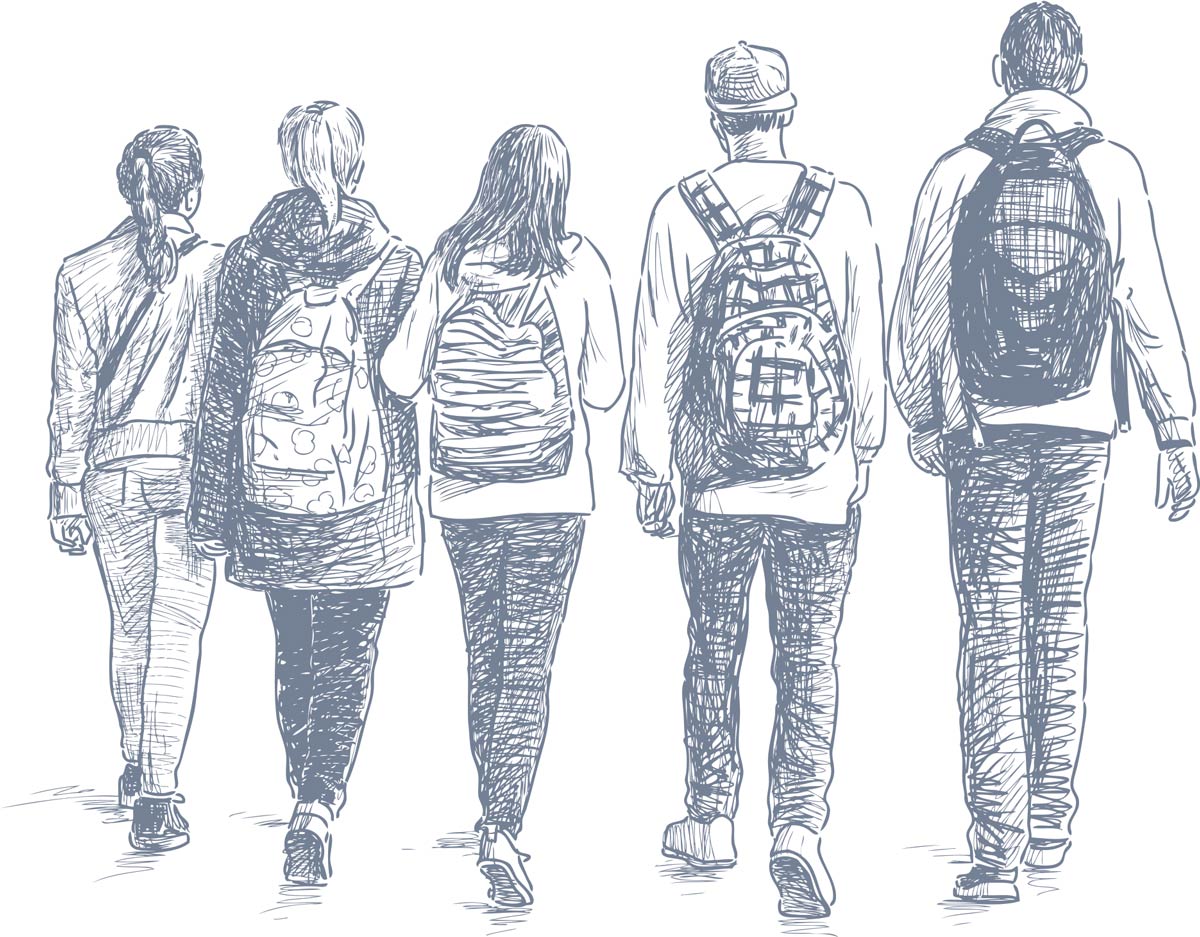


Maryela Martinez is senior Legal Services attorney in the CSBA Legal Services Department.
Dana Scott is associate general counsel at CSBA.
- Although Lemon does not relate to school prayer directly — it considered state funding for religious private education — it established a three-part test that asks: 1) Does the state action have a primarily secular purpose? 2) Does the state action promote or inhibit religion? and 3) Does the state action foster excessive government entanglement with religion? This test is used widely throughout the Court’s jurisprudence to evaluate if a government action establishes religion and is therefore unconstitutional.
- As noted above, Kennedy also involved the Free Speech Clause: “Congress shall make no law…abridging the freedom of speech.” The Court’s freedom of speech analysis mirrors its freedom of religion analysis to a great degree, applying the same initial two-pronged test to again find in favor of Mr. Kennedy. A more detailed analysis of the Court’s treatment of the Free Speech Clause is beyond the scope of this article.
- In County of Allegheny v. American Civil Liberties Union Pittsburgh Chapter, 492 U.S. 573 (1989), the Court summarized the concept of endorsement and its relation to the Lemon test by stating, “Our subsequent decisions further have refined the definition of governmental action that unconstitutionally advances religion. In recent years, we have paid particularly close attention to whether the challenged governmental practice either has the purpose or effect of ‘endorsing’ religion, a concern that has long had a place in our Establishment Clause jurisprudence.”